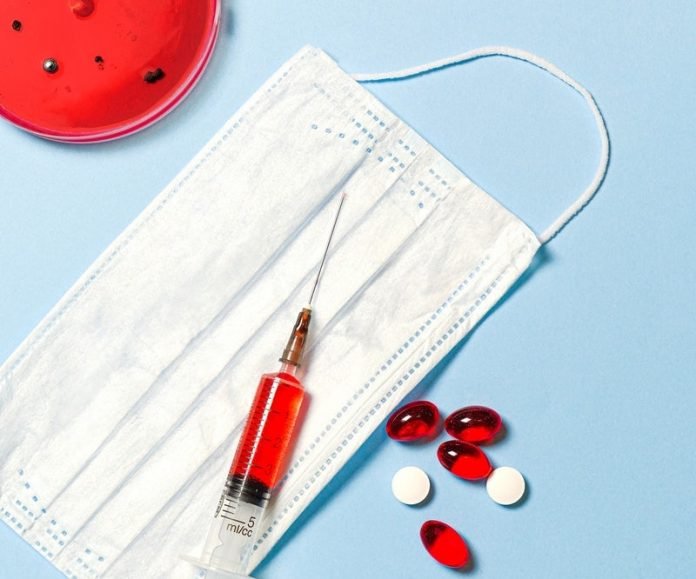
For many COVID-19 patients with severe symptoms, a runaway immune system response—known as a “cytokine storm”—can be very dangerous.
Doctors have few ways to help stop this hyperinflammatory condition.
In a new study, researchers suggest that nanotechnology might safely deliver drugs to affected tissues, quieting the storm.
They found that the method works well in mice, and suggest that the approach could be a new tool in the fight against the complex and multi-factorial phenomenon of uncontrolled inflammation.
The research was conducted by a team at Université Paris-Sud and elsewhere.
Previous research has shown that when severe COVID-19 strikes, it’s often in the form of an out-of-control immune system response.
Inflammatory processes harm cells at multiple sites throughout the body and, if unchecked, can lead to organ failure and death.
The team says the key to the cytokine storm is connections between inflammation and oxidative stress, both processes contributing to fuel one another, thereby establishing a vicious cycle.
Right now, there’s no therapy that’s able to interrupt this dangerous crosstalk.
But the new findings may point the way to a successful treatment.
In the study, the team focused on an extremely tiny “nanoparticle” formulation of adenosine, an anti-inflammatory compound already produced naturally by the body.
They created “multi-drug nanoparticles” by adding adenosine to squalene, a type of fat also found naturally in the body. Then they “encapsulated” both in the powerful antioxidant alpha-tocopherol, a type of vitamin E.
Using this nanotechnology, the researchers then delivered the compounds to the tissues of mice who were in hyperinflammatory states such as sepsis (blood infection) or an immunological state resembling the typical “cytokine storm” of COVID-19.
They found a big decrease in tissues of a key pro-inflammatory cytokine called tumor necrosis factor alpha, along with a concurrent rise in levels of an anti-inflammatory cytokine called interleukin-10.
These changes were observed in important organs such as the lungs and kidneys just four hours after treatment.
The team also found that the combo treatment—adenosine plus tocopherol—may be more effective than the use of either drug alone.
They hope the new method could be moved into human trials a lot quicker than during normal times.
The lead author of the study is Flavio Dormont.
The study is published in Science Advances.
Copyright © 2020 Knowridge Science Report. All rights reserved.



